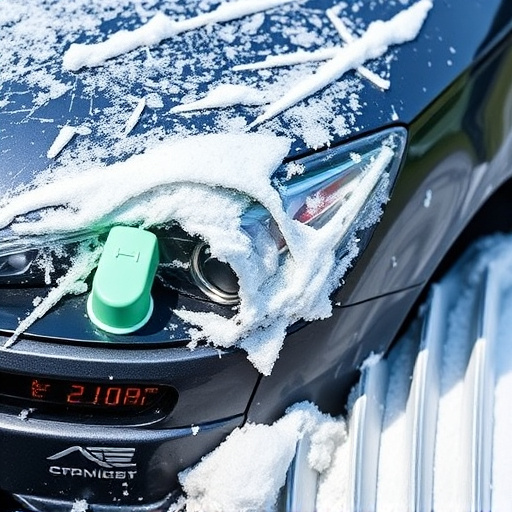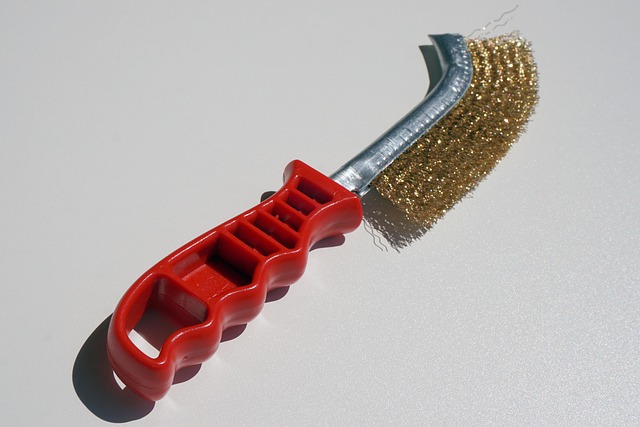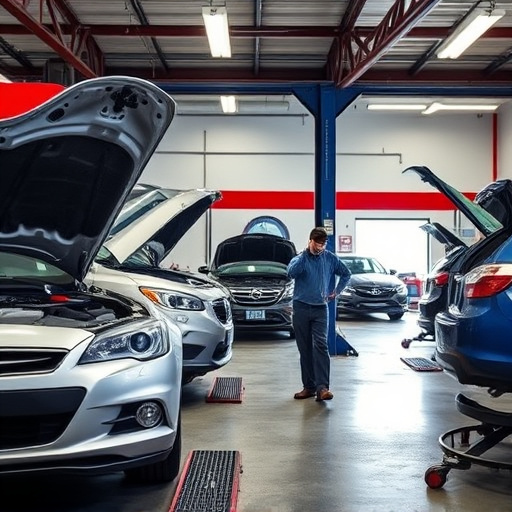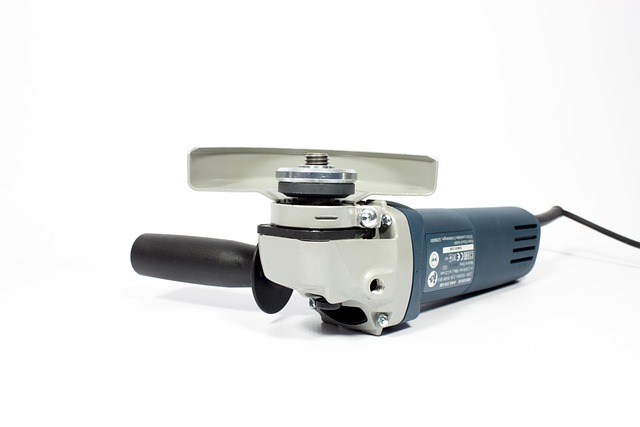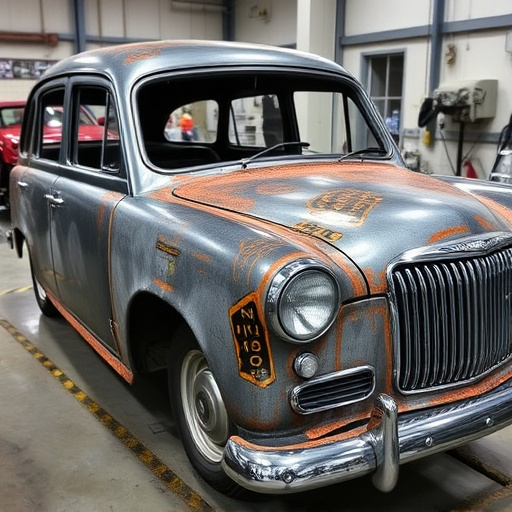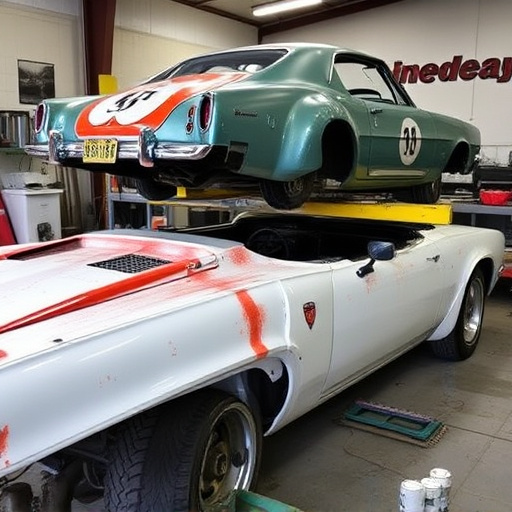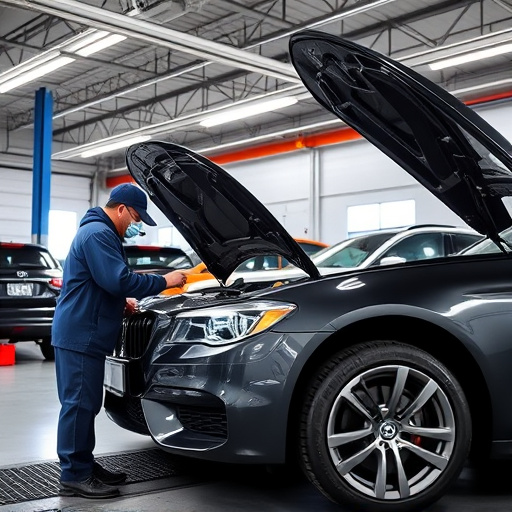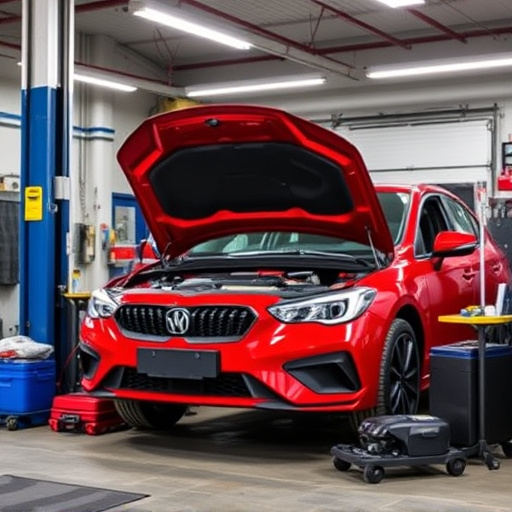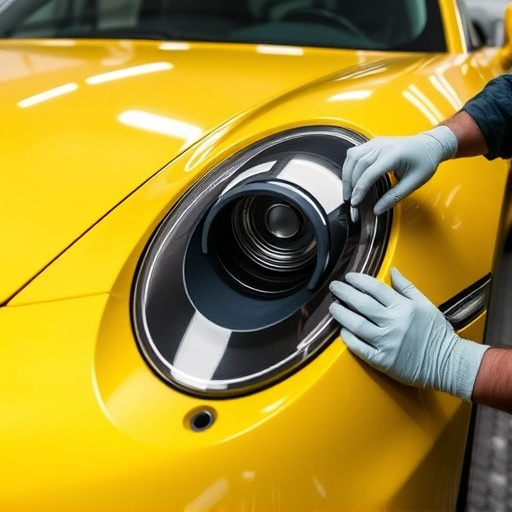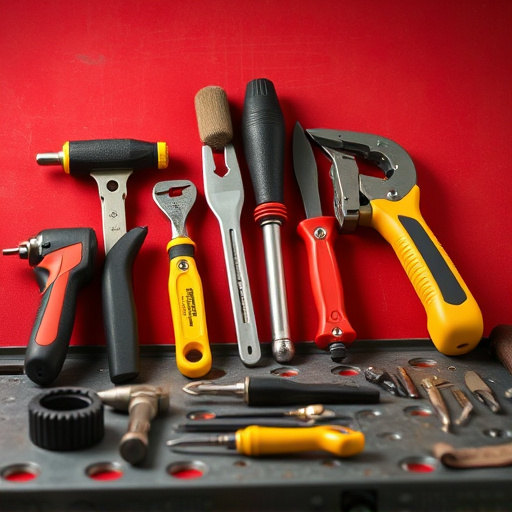Paintless Dent Repair (PDR) is a cost-effective, time-saving auto repair technique that preserves the factory finish of vehicle panels. Estimating PDR time involves considering factors like dent size, car geometry, technician skill, and environmental conditions. Technicians use visual assessment, experience, specialized tools, and digital resources to accurately determine repair duration, ensuring high quality and customer satisfaction.
Estimating paintless dent repair (PDR) time is crucial for efficient scheduling and client satisfaction. This article delves into the best practices for accurately timing PDR, a process that restores damaged vehicles without painting. We explore the PDR process, key factors influencing repair duration, and effective methods to ensure precise estimates. By understanding these aspects, technicians can optimize their work, meet deadlines, and deliver exceptional service.
- Understanding Paintless Dent Repair (PDR) Process
- Factors Affecting PDR Time Estimation
- Effective Methods for Accurate Timing Estimates
Understanding Paintless Dent Repair (PDR) Process

Paintless Dent Repair (PDR) is a specialized auto detailing technique that has revolutionized vehicle repair services. Unlike traditional methods that involve repainting or replacing damaged panels, PDR focuses on restoring dents to their original condition without leaving visible traces of repair. This non-invasive process involves using highly skilled technicians and advanced tools to gently work the dent out from behind the panel. By doing so, it preserves the factory finish and color match, ensuring a seamless repair that’s hard to discern from the rest of the car’s body.
The PDR process begins with a thorough inspection to assess the damage. Technicians use specialized tools like puffers, driers, and activators to apply pressure in strategic points around the dent, gradually working it out. This precise and meticulous approach ensures that the repair is not just visually appealing but also structurally sound. Once the dent is removed, the area is carefully treated with compounds and polished to achieve a flawless finish, making it a preferred choice for those seeking quick and effective car dent repair without lengthy downtime or costly materials.
Factors Affecting PDR Time Estimation

Estimating paintless dent repair (PDR) time involves considering several factors that can significantly impact the duration of the process. The size and depth of the dent play a crucial role; larger or deeper dents will generally take more time to repair, as they require more intricate work and material manipulation. Complex geometries of car bodies also present challenges, as technicians need to access and treat each dented area effectively.
The experience and skill of the PDR technician are vital considerations too. Proficient professionals can often complete repairs faster due to their expertise in using specialized tools and their ability to navigate intricate body panels. Moreover, environmental conditions like temperature and humidity can affect both the drying time of repair compounds and the overall work environment, influencing the estimated PDR time. In a car body shop or auto detailing facility, efficient workflow management and access to necessary tools are essential factors that streamline the process, ultimately reducing estimated paintless dent repair times.
Effective Methods for Accurate Timing Estimates

Estimating paintless dent repair time is a critical aspect of ensuring satisfied customers and efficient shop operations. To achieve accurate timing estimates, professionals employ several effective methods. One widely used approach involves visual assessment and experience-driven guidelines. Skilled technicians examine the extent of the damage, considering factors like dent size, depth, and location on the vehicle body. This visual evaluation is often aided by specialized tools that measure dimensions accurately, enabling them to quickly determine the repair complexity.
Additionally, many repair shops leverage digital resources such as online forums and industry-specific software applications. These platforms offer case studies and time logs from similar repairs, providing benchmarks for estimating paintless dent repair time. By combining practical experience with technological aids, technicians can make informed judgments, ensuring that each car scratch repair or car dent repair is completed within the expected timeframe while maintaining exceptional quality in car body restoration.
Accurately estimating paintless dent repair (PDR) time is key to delivering efficient and cost-effective services. By understanding the PDR process, recognizing the impact of various factors, and employing effective timing estimate methods, technicians can provide clients with realistic timelines. This approach not only enhances customer satisfaction but also contributes to the overall success and competitiveness of PDR businesses in today’s market.
